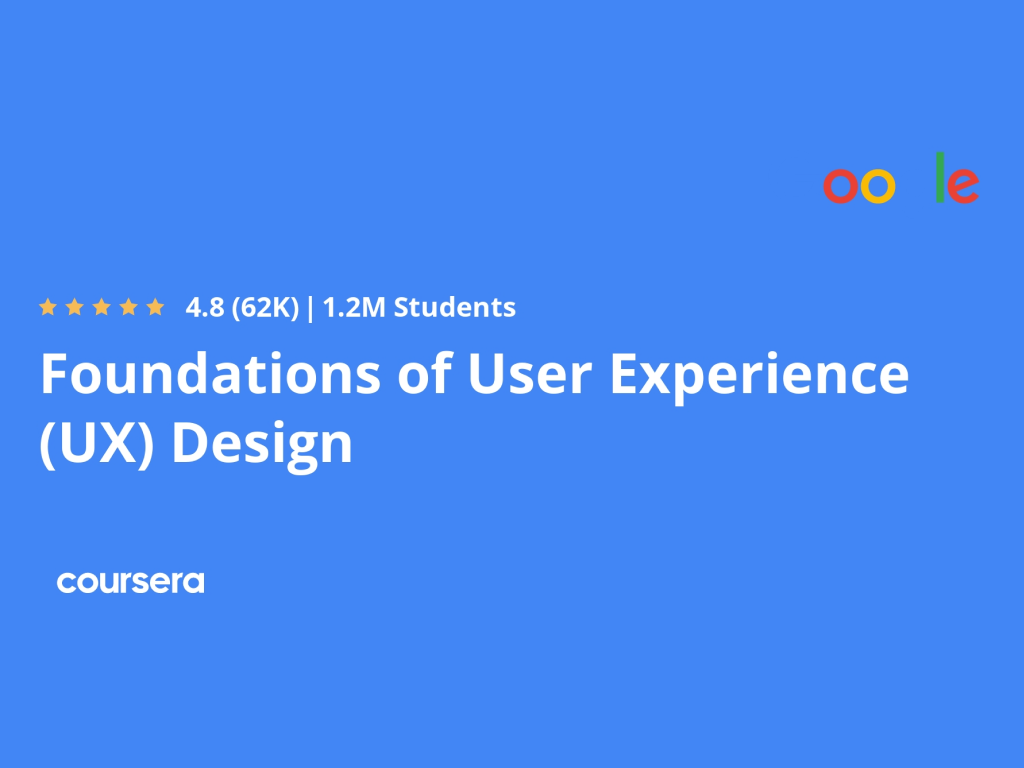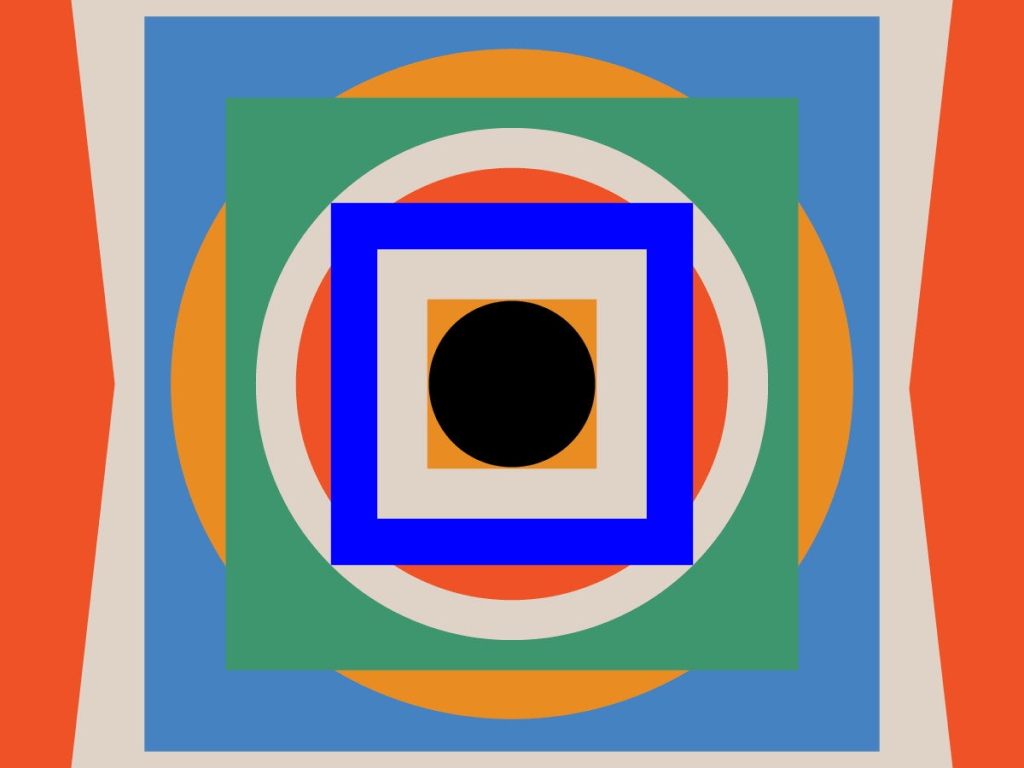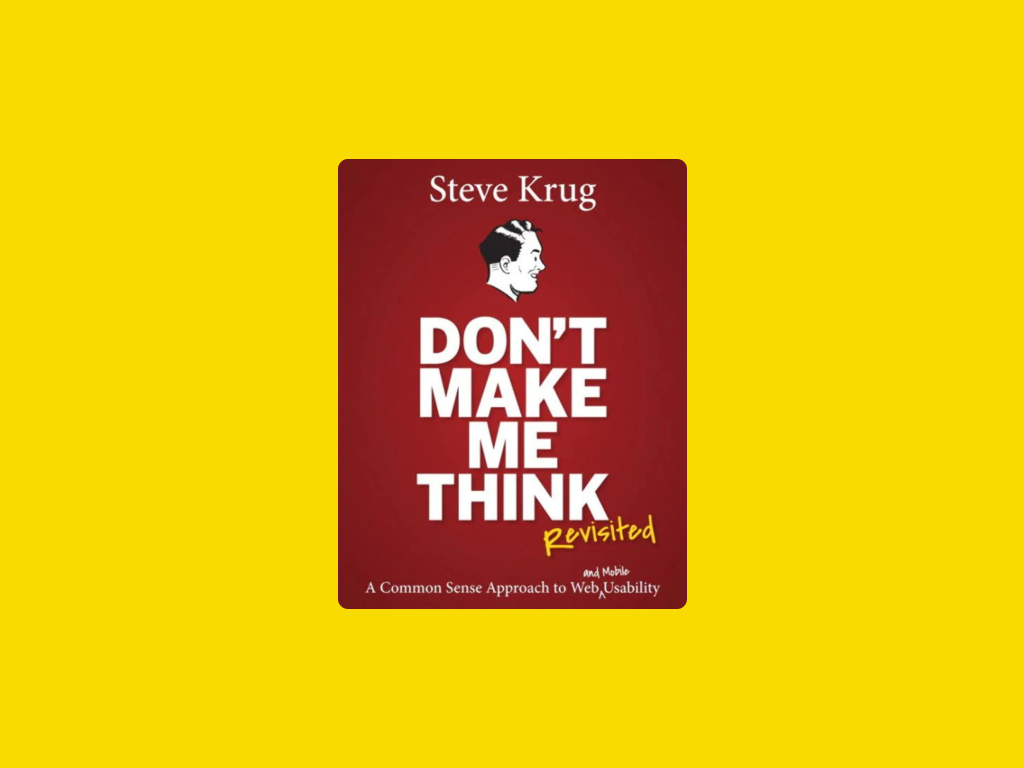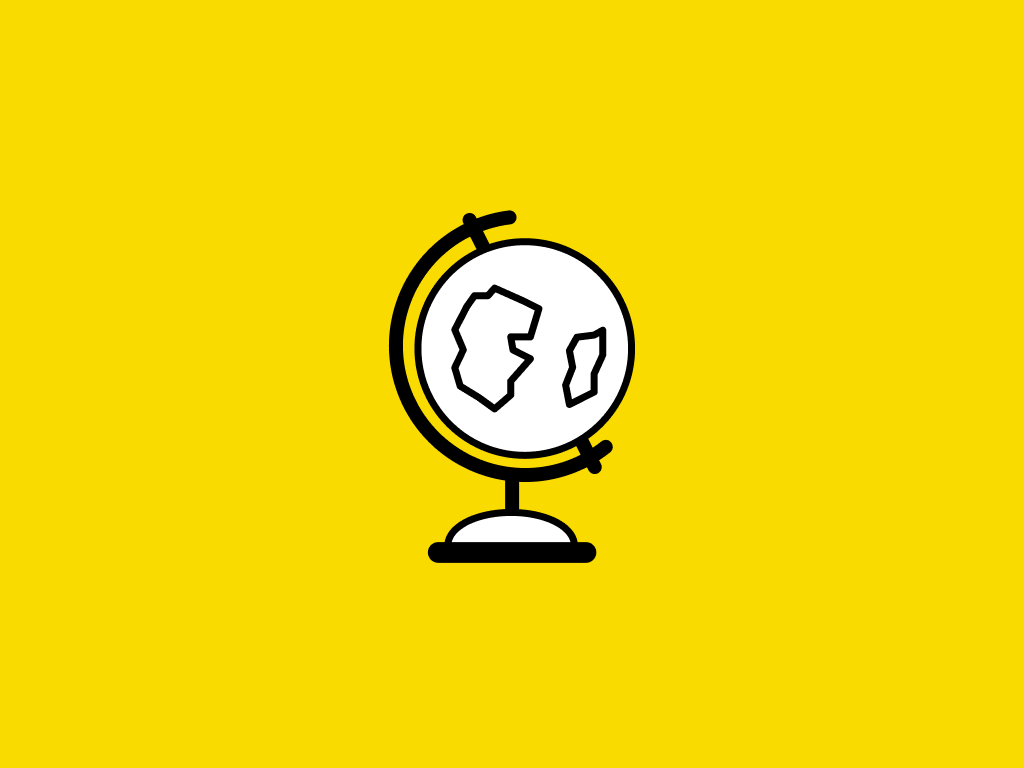Description
The focus of this course is to introduce the learner to User Experience (UX) Design
User Experience design is design that is user centered. The goal is to design artifacts that allow the users to meet their needs in the most effective efficient and satisfying manner. The course introduces the novice to a cycle of discovery and evaluation and a set of techniques that meet the user's needs.
This course is geared toward the novice. It is for learners that have heard about "user experience" or "user interface" design but don't really know much about these disciplines.
The course mantra is that “Design is a systematic and data driven process.” Design is systematic because it is based on a set of techniques and also on a cycle of discovery.
In this course the learner is introduced to the four step user interface design cycle. Along the way learners are exposed to a set of techniques to gather information about a) what the user needs b)how to design and model interfaces based on these and then how to evaluate the design to ascertain that the user's goals are met. These techniques are tools that are used in a standardized manner and give us the data we use in our design.
This means that anyone (regardless of their current training) that is willing to learn these techniques and follow the proposed cycle can be a UX designer!
Tags
Syllabus
- Welcome
- What you should know before you start this course
- Overview of User Experience Design
- In these lectures we introduce the basic concepts covered in this course.
- Requirement Gathering
- The first step of the design cycle is presented along with techniques that are relevant for understanding the user and tasks. There is also a focus on how to present findings from this phase of the design cycle.
- Designing Alternatives
- The second step of the design cycle is presented. Students are shown how to take the findings from phase 1 (requirement gathering) to design mobile and ubiquitous computing systems that meet the usablility constraints that were identified.
- Prototyping
- The third step of the design cycle is presented. Once the best design is chosen how to we iteratively design models of the system to quickly allow user to interact and provide feedback.
- Evaluation
- The fourth step of the design cycle is presented. Techniques for determining how well the design meets usability constraints and user experience are presented
Related Problem Sets
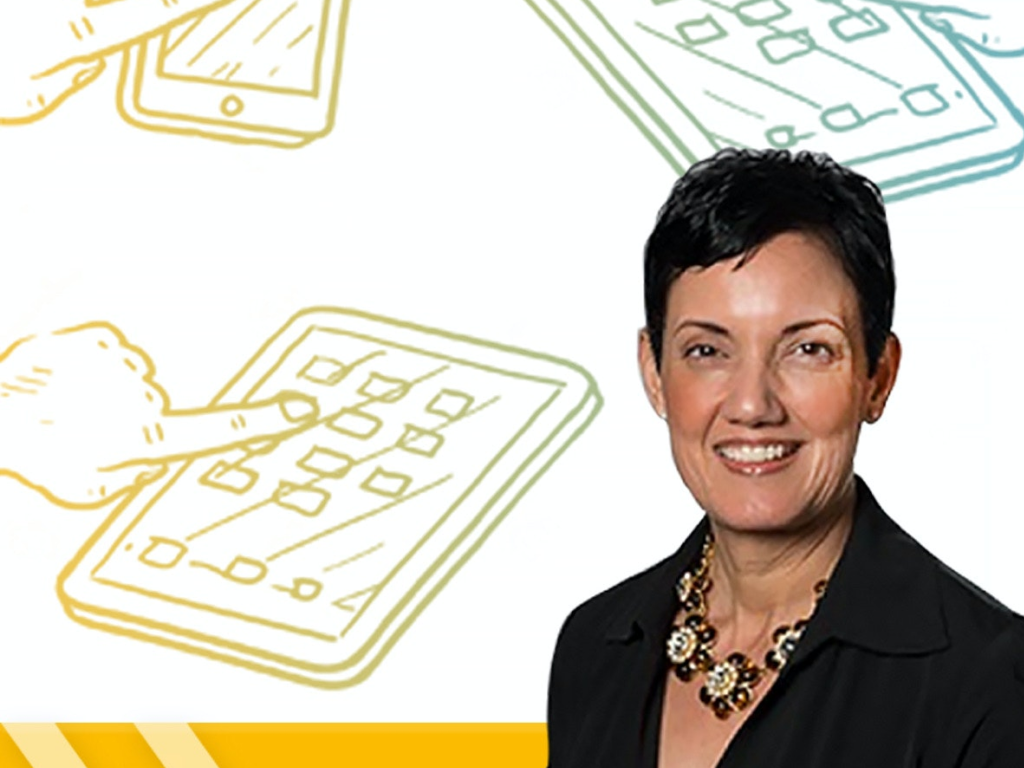
Introduction to User Experience Design
-
TypeOnline Course
-
Provider
-
PricingFree to Audit
-
CertificatePaid certificate
The focus of this course is to introduce the learner to User Experience (UX) Design
User Experience design is design that is user centered. The goal is to design artifacts that allow the users to meet their needs in the most effective efficient and satisfying manner. The course introduces the novice to a cycle of discovery and evaluation and a set of techniques that meet the user's needs.
This course is geared toward the novice. It is for learners that have heard about "user experience" or "user interface" design but don't really know much about these disciplines.
The course mantra is that “Design is a systematic and data driven process.” Design is systematic because it is based on a set of techniques and also on a cycle of discovery.
In this course the learner is introduced to the four step user interface design cycle. Along the way learners are exposed to a set of techniques to gather information about a) what the user needs b)how to design and model interfaces based on these and then how to evaluate the design to ascertain that the user's goals are met. These techniques are tools that are used in a standardized manner and give us the data we use in our design.
This means that anyone (regardless of their current training) that is willing to learn these techniques and follow the proposed cycle can be a UX designer!
- Welcome
- What you should know before you start this course
- Overview of User Experience Design
- In these lectures we introduce the basic concepts covered in this course.
- Requirement Gathering
- The first step of the design cycle is presented along with techniques that are relevant for understanding the user and tasks. There is also a focus on how to present findings from this phase of the design cycle.
- Designing Alternatives
- The second step of the design cycle is presented. Students are shown how to take the findings from phase 1 (requirement gathering) to design mobile and ubiquitous computing systems that meet the usablility constraints that were identified.
- Prototyping
- The third step of the design cycle is presented. Once the best design is chosen how to we iteratively design models of the system to quickly allow user to interact and provide feedback.
- Evaluation
- The fourth step of the design cycle is presented. Techniques for determining how well the design meets usability constraints and user experience are presented

 Online Course
Online Course 
 Free to Audit
Free to Audit  Paid certificate
Paid certificate 